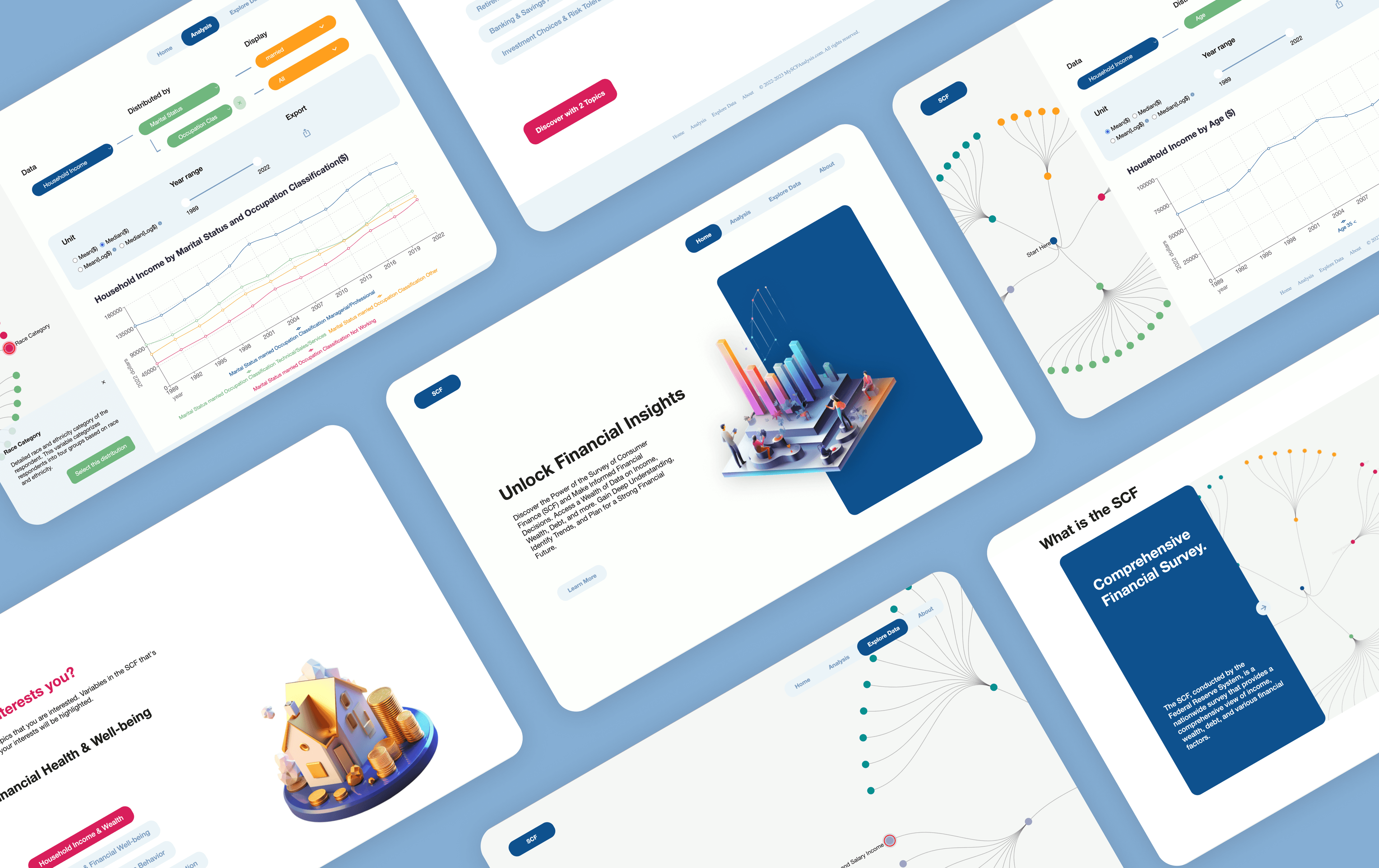Class Project
Elevate Smart Mirror

TL;DR
Improving Body Image and Self-Esteem Through a Personalized Smart Fitness Mirror.
JUMP TO SOLUTION!Role & Team
UX Researcher & Designer -
Anita Nwude Chenge
Ralph Chang
Trushaa Ramanan
Duration
10 weeks (Sep 2024 - Dec 2024)
Design Link
FigmaBody Image Solutions via Design
This project was our final deliverable for HCDE 518: User-Centered Design in our Master’s program in Human-Centered Design and Engineering at University of Washington.
We focused on real-world challenges and were inspired by personal experiences and the widespread issue of negative body image in college fitness. Our goal was to create a solution to address these challenges.

Survey Insights:
To dive deeper into our problem space, we conducted surveys, receiving over 30 valid responses, and interviewed 10 members of our target audience.

User Inverview:
After getting some directions from the survey, we conducted interviews with 10 members of our target audience. I spearheaded in creating the interview guide and conducting the interviews.

Wrapping it all Together — Affinity Diagramming
Based on our research findings, the key themes we found to help guide our solution were positive impact of physical activity, barriers to addressing body image concerns, resources and support, and strategies for managing body image concerns.

Arriving at Our Problem Statement
How might we develop a solution for college students engaged in fitness activities that minimizes the effects of negative body image perceptions and promotes self-acceptance?
Meet Logan and Melissa!
To better empathize with our user base, we created two user personas who represent our target users.

Sketching and Ideation
Using the persona’s as a guide, we each generated 5–6 sketches of what our “solution” would be. We filtered out our ideas by discussing the strengths, weaknesses, feasibility, and originality of each of each person’s ideas. We also sorted out our sketches using affinity diagramming to group ideas that go together.
By the end of the critique session, we decided to move forward with the smart mirror idea. Not only was it the most feasible idea but it was one all three of us had sketched out and were confident designing and prototyping

Feature Prioritization
- We finalized designing 4 user flows we wanted the mirror to have.
- Those 4 flows were:
- 1. Mirror Exposure Therapy
- 2. Mindful Recovery — Post workout Meditation
- 3. Mindful Recovery — Post workout Logs
- 4. Personalized Affirmations
Storyboard and User Flow
After finalizing our solution, we further explored the user flows by detailing the user experience features included in each flow:

Low Fidelity Prototypes - My Flow
To visualize the user interface, we created low-fidelity prototypes, as there wasn’t enough time to develop a wireframe beforehand. So here are key screens from my responsible flow:

Usability Testing
To gain insights into the usability and user experience of our smart mirror, I conducted 2 rounds of usability testing for my flow with the same group of participants we conducted user interviews with.

Final Solution
For the final solution, Elevate is an interactive smart mirror placed in private locations on campus gyms, providing personalized mindfulness practices, fitness tracking, and body-positive tools. The mirror is designed to be touch- and voice-activated, making it easy to use for everyone.

Mirror Exposure Therapy
A feature can help the user be positive and mindful about their conception towards their body image.

Post-workout Meditation
A feature allows the user to be mindful after each workout session, making exercise more meaningful.

Personalized Affirmations
As for the feature I was in charge of, it allows the user to set up personalized affirmations on the mirror, helping the user become more positive and mindful every time they look at the mirror.

User Research Challenge: Limited time.
- Solution: We conducted surveys and interviews to gather insights and understand our target users. We also used affinity diagramming to synthesize our findings and guide our design decisions.
Improved Self-Acceptance: The Mirror Exposure Therapy feature, combined with body-positive tools, encouraged users to practice self-kindness and shift toward a more positive body image. During the product showcase, we let 10 participants interact with the mirror exposure therapy using our physical prototype. Most of them responded positively, stating that the mirror exposure therapy made them feel better and more empowered.
Given our ten-week timeframe for topic selection, research, ideation, and prototyping, time constraints were a major challenge, especially during the research phase. If we had more time, we would have conducted more comprehensive user research. This would include allocating additional time for each user interview and conducting more interviews throughout the development process. More extensive research would have provided deeper insights, leading to more user-centered design decisions and a better overall product experience.
Skills Acquired:
- When we decided that our product would be a smart mirror, our team’s lack of industrial design experience led us to focus solely on the interface design. As a result, we deferred discussions on other crucial aspects of industrial design that could have made the product more cohesive and complete. For instance, we did not analyze or research the ideal context for the mirror — whether it should be placed in a private room, a gym, or another environment. This decision would have significantly influenced our interface design and allowed us to create a product more precisely tailored to our users’ needs.

